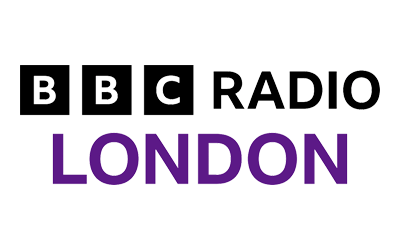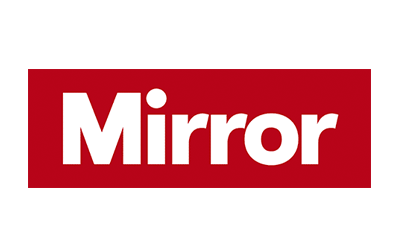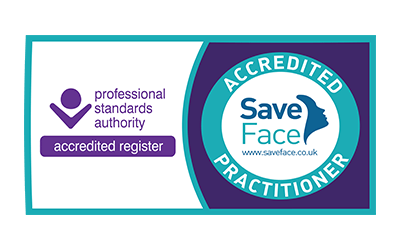Gynecomastia surgery or male chest reduction is one of our most requested cosmetic surgery procedures as Mr Alex Karidis is renowned as a leading gynecomastia surgeon. Mr Karidis answers the questions he gets asked most often.
What should people consider before choosing an appropriate surgeon?
“One of the questions I get asked is how does one choose the surgeon and whether or not that surgeon is appropriate for their chosen procedure and I think that’s pretty valid point for many people because it is a minefield out there and it’s very hard to try to understand where one should go.
“I think that if you have a surgical procedure done, I think it’s best done by a specialised surgeon. Specialisation does give you the ability and and obviously the skill through training to be able to perform any given operation and in procedures like gynecomastia surgery I think it’s very important it is performed by a qualified plastic surgeon. Out of all the specialties, plastic surgery is one that deals with primarily with soft tissue, the skin, and the underlying tissues like fat and glands.
“It is fairly easy to check that someone is a registered plastic surgeon as the General Medical Council that governs us as doctors has a list of everybody on the register. So if you’re thinking about having gynecomastia surgery done then it’s important to check the GMC website to ensure that person is in fact a specialised surgeon as many people offer procedures that are not actual specialists.”
What are the different gynecomastia grades?
Gynecomastia does have different grades or different degrees of seriousness in terms of how much or how little one has. But it can be confusing as there is no one universal classification that we all accept. Also it’s not just based on what you visually look like because there are other elements that add or subtract difficulties, such as skin quality, how much gland tissue they have and how much fat they have. You can’t judge until you actually examine the patient.”
Is gynecomastia surgery performed under local or general anaesthetic?
“In general, if you ask patients what do you prefer – local or general anaesthetic – the vast majority will probably say I want a local anaesthetic as they think of having less intense recovery. However, the truth is a little bit more complex than that. If you’re having a small mole removed off somewhere on your body you don’t need a general anaesthetic because you can numb such a small area very easily with a local anaesthetic.
“However, in a larger or more sensitive area such as the chest, for example, it’s not easy to make that area numb. A very long needle is used to inject the local anaesthetic and the patient will feel a lot of the process and it could be slightly traumatic. You also still have the apprehension that the patient might twitch even a little bit.
“I always say it’s usually best to offer a general anaesthetic albeit a very short one with a quick recovery, so you’ll wake up immediately, having something to eat and drink within an hour and you’re able to go home same day.
“Not all clinics can offer general anaesthetic and are only licensed to offer local anaesthetic. They frame that as an advantage, but that is not necessarily the case for all patients.”
What is the significance of being based in a hospital and why is it important?
“The other thing to bear in mind is to understand where you’re going to have the procedure. If you’re having gynecomastia surgery, or any procedure for that matter, it is a surgical operation so it needs to be treated seriously.
“The majority of procedures performed go absolutely fine. whether under local or general anaesthetic, but although it’s rare you could have an adverse reaction. In these situations you need to know that you’re in a place where they can offer the appropriate care. That’s one of the reasons why I only perform procedures in a hospital facility where I know there is back-up.”
What is Mr Karidis’ quilting technique?
“Many people ask me about my quilting technique that I perform in gynecomastia surgery. After I’ve removed the appropriate gland and fatty content that’s causing the problem then I effectively stitch the skin to the pectoral muscle underneath.
“The idea is simple. When you remove the excess tissue between the skin and muscle which is causing the prominent then you create an empty space. Within that empty space you could potentially get fluid developing and blood accumulating which can cause a great deal of swelling. What I do is I effectively stitch the skin to the muscle, pinning it down, therefore reducing this empty space and also helping to guide the skin so it heals where I want it to heal. This gives a nice resculpting of the area which is a final advantage.”
What sets Mr Karidis apart?
“The other question that many people ask me is how do I know you’re the right surgeon to do my gynecomastia surgery. I suppose the answer to that would be is my skill set. And this skill set has taken 26 years to prime and hone by operating on thousands of patients. Like anything in life, the more you do something the better you get and the more you evolve.
And this is crucial because this procedure is not just a simple matter of removing excess glandular tissue and fat, but it’s also what you leave behind and what you want to leave behind is a much more natural, sculpted and masculine pectoral area. That does require some insight and knowledge in terms of how the tissues work, how they interact and how you can sculpt them to get the appropriate result.”
Would you be willing to do gynecomastia revision surgery?
“Many people ask me what is my policy on revision surgery. Well, I tell people surgery is not an exact science and so, even with the best of intentions, sometimes things don’t go according to plan. What I do with all my patients after their procedure is follow up with them a number of times in the post-operative period up to a year. It does take time to see the final result of any operation regardless of whether this was performed on the face, the body or chest. Scar tissue can take some time to settle and that can be anywhere between nine to 12 months or even a bit longer.
So I see patients three or four times to make sure everything has gone according to plan and give them appropriate advice which may help with the outcome of the result. The good news is that the vast majority of people are overwhelmingly happy with their results.”
More questions? Click here to book a consultation with Mr Alex Karidis.
















